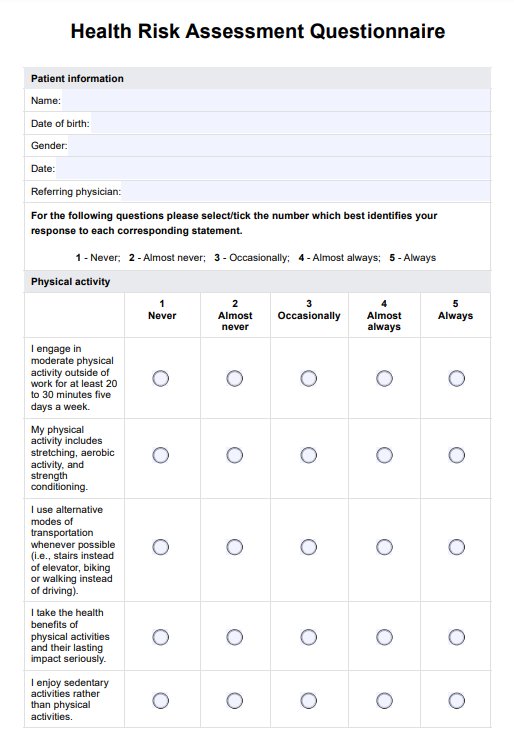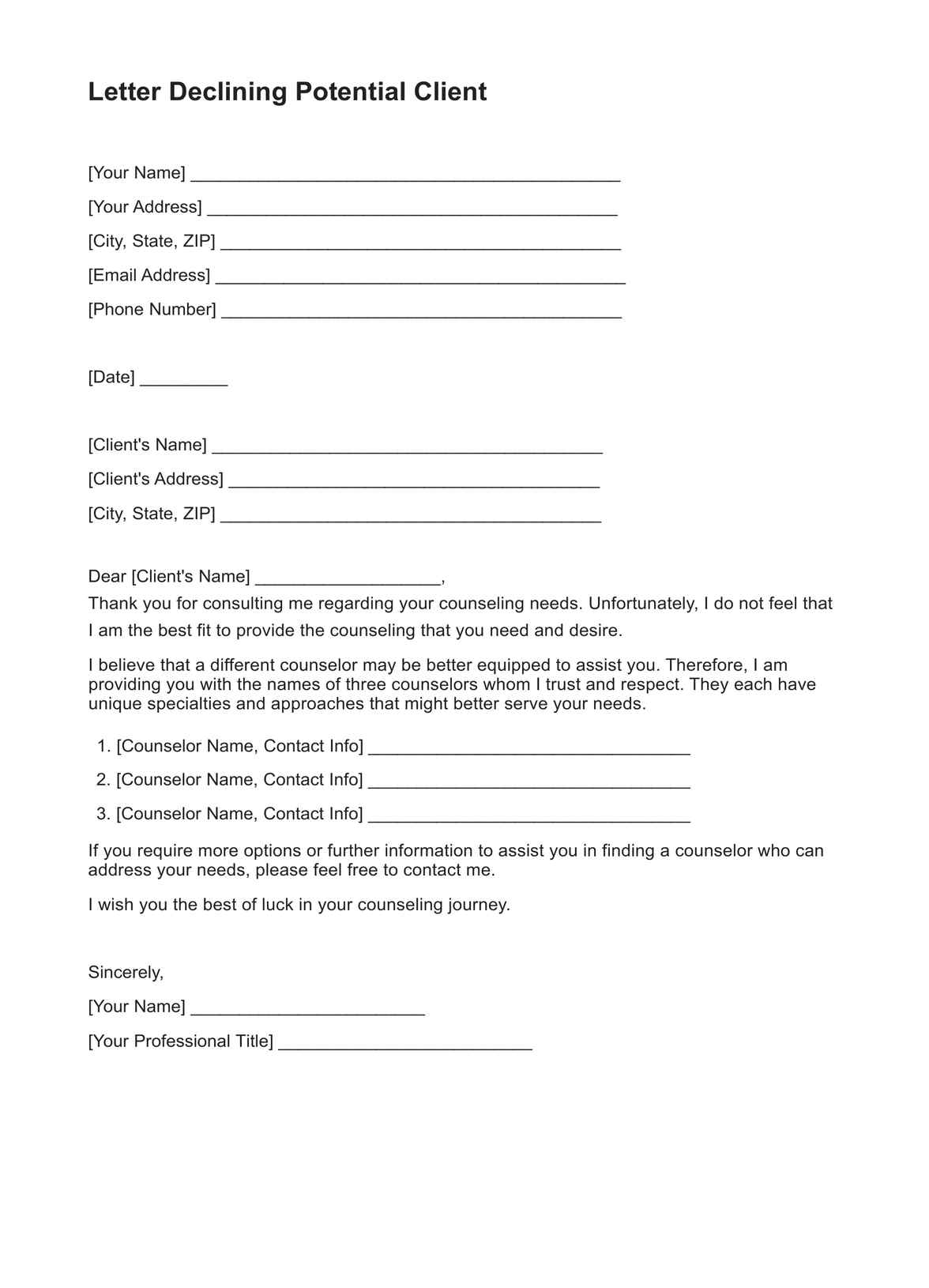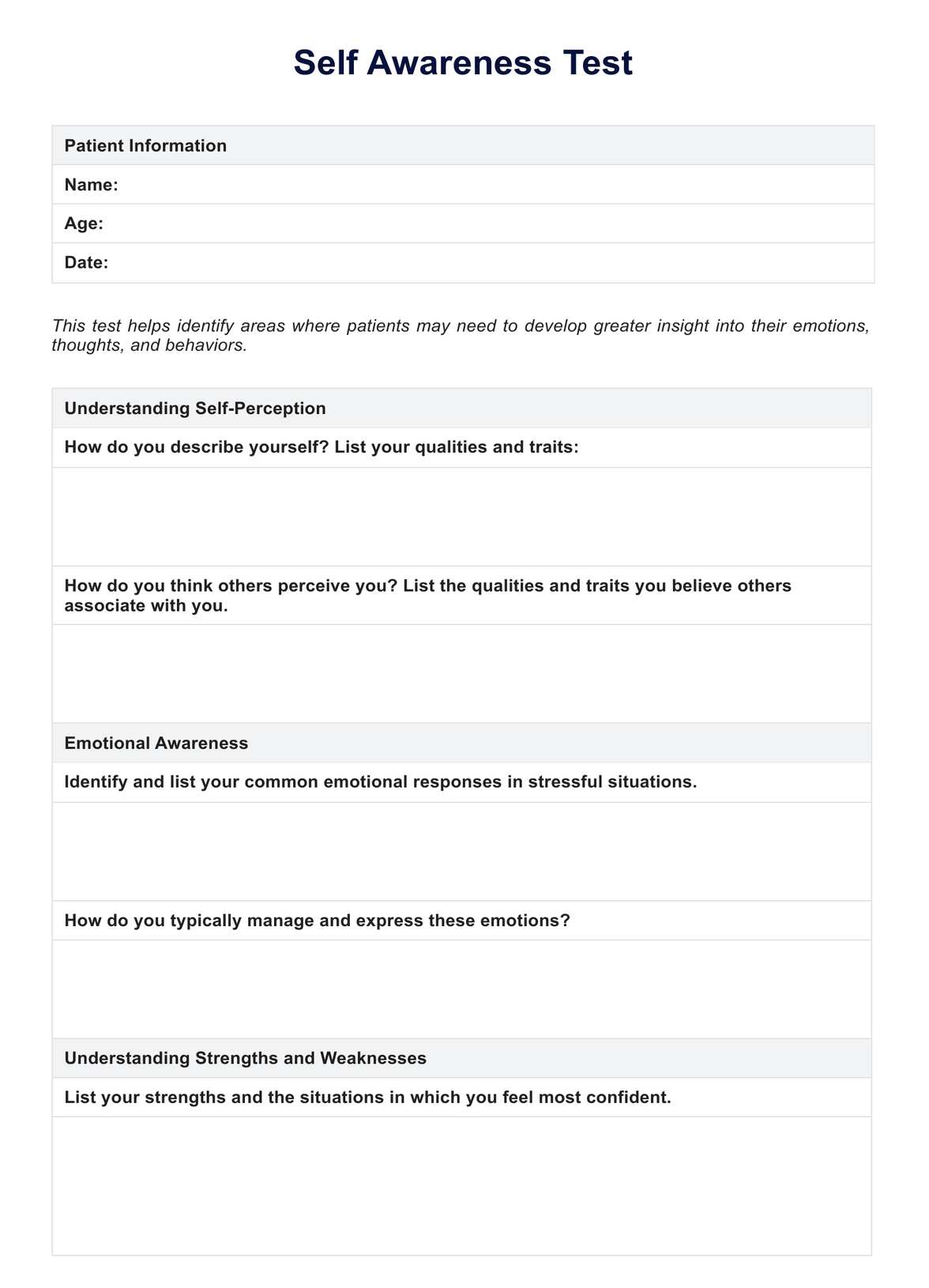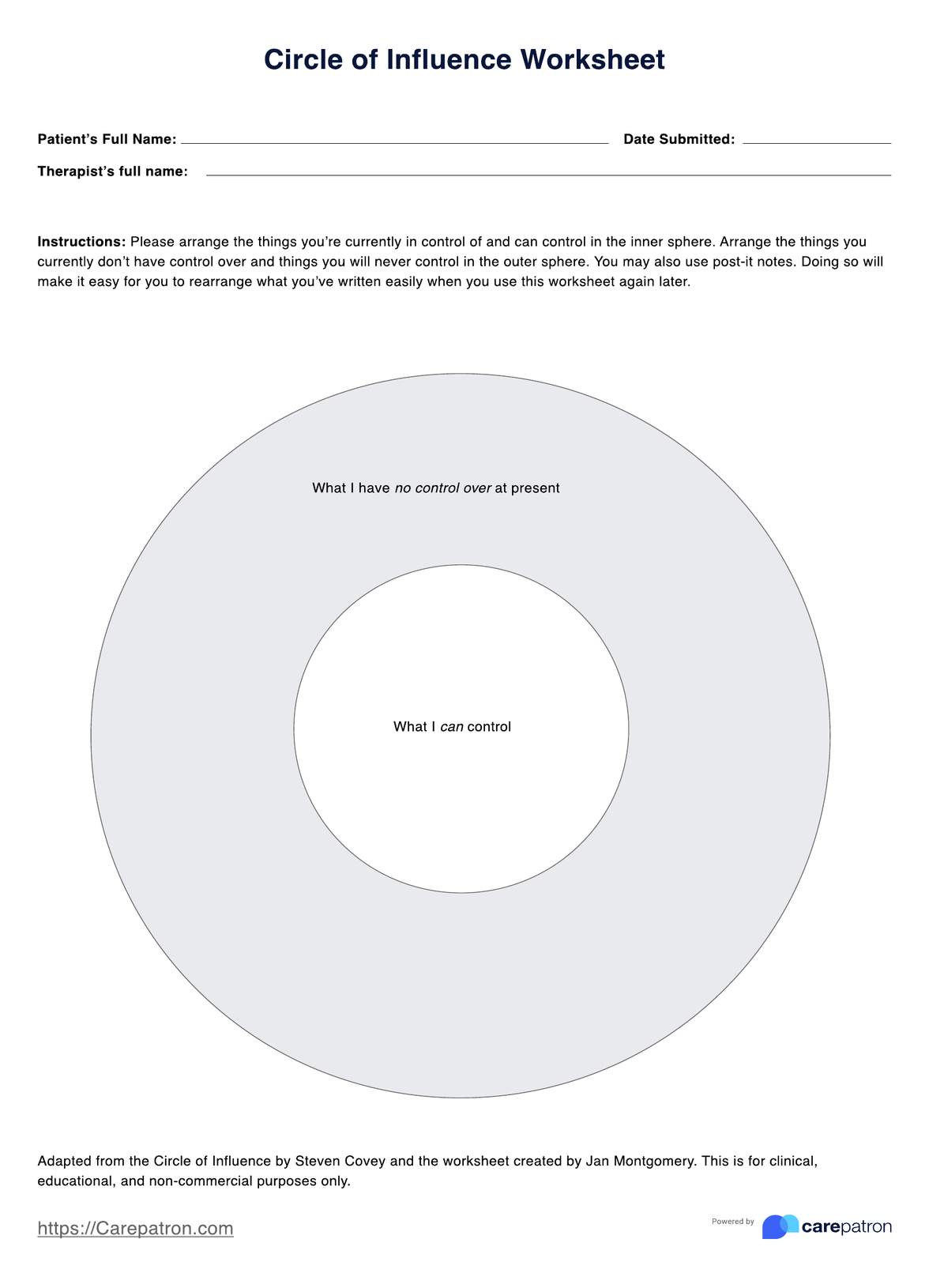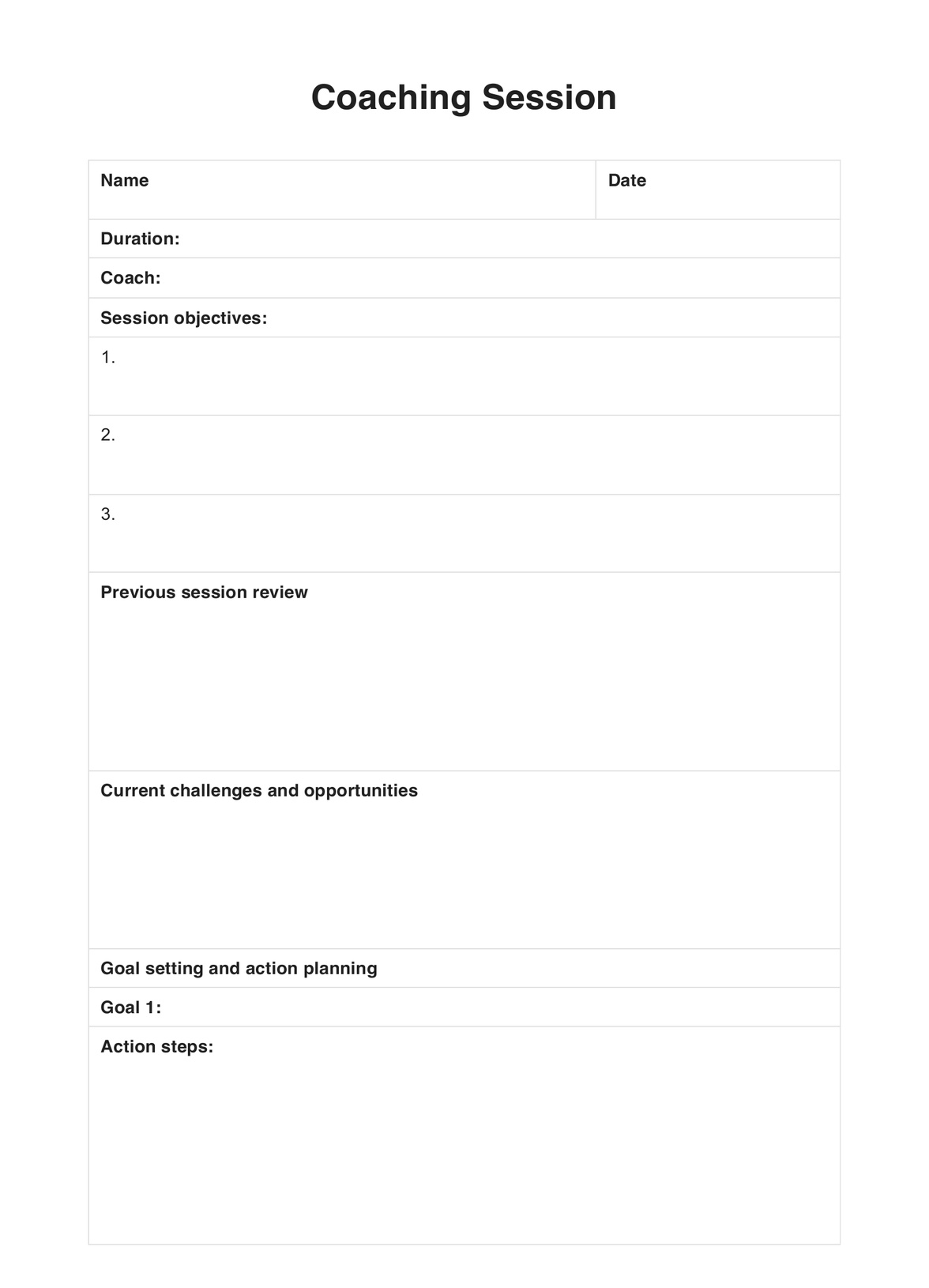Mania Test
Assessing mania symptoms is crucial for mental health awareness. Download Carepatron's free PDF example of a mania test to understand the evaluation process better.


What is mania?
Mania is a multifaceted aspect of various mental health conditions, often associated with bipolar disorder—a condition characterized by extreme mood swings between manic and depressive episodes. Understanding what mania entails is crucial for recognizing and managing mental health conditions effectively.
In mental health, mania is not a standalone entity but rather an essential component embedded within broader conditions. One of the most well-known contexts in which mania manifests is bipolar disorder, where individuals experience alternating periods of heightened energy and activity (mania) and profound depression (major depression). These fluctuations create a unique and challenging landscape for those affected and their loved ones.
It's crucial to recognize the potential severity of mania, as it can escalate into psychotic symptoms, further complicating patients' mental health. Identifying the signs of mania, such as an irritable mood, rapid speech, delusions, and decreased need for sleep, is pivotal in seeking timely support.
Engaging with a mental health professional is essential for a comprehensive understanding of mania within the broader context of mental illness. These experts can provide valuable insights, accurate diagnoses, and personalized treatment plans tailored to address the specific challenges associated with manic episodes.
Mania Test Template
Mania Test Example
What are manic episodes?
Manic episodes are intense phases of elevated mood, energy, and activity levels that characterize certain mental health conditions, particularly bipolar disorder. Understanding the nuances of manic episodes is essential for individuals and their support networks, as these periods significantly impact daily functioning and overall well-being.
During a manic episode, individuals often exhibit heightened impulsivity, engaging in risky behaviors that can have profound consequences. These behaviors may include excessive spending, reckless driving, or substance abuse, underscoring the importance of early recognition and intervention. Racing thoughts and a decreased need for sleep are standard features of manic episodes, contributing to a heightened sense of urgency and productivity.
Identifying manic episodes is a crucial step in managing mental health effectively. For individuals questioning whether their experiences align with manic episodes, a mania quiz can serve as a helpful resource. These quizzes, often designed by mental health professionals, can provide insights into specific symptoms associated with manic episodes.
Moreover, during manic episodes, individuals may be easily distracted, contributing to difficulty focusing on tasks. This aspect, combined with impulsivity and heightened energy levels, underscores the challenges faced by individuals navigating manic phases.
Causes and symptoms of mania
Understanding the underlying causes and recognizing the symptoms of mania is instrumental in addressing mental health challenges effectively. Mania is often associated with specific factors contributing to its onset, and identifying the symptoms early can guide individuals toward appropriate interventions.
Let's delve into the causes and symptoms of mania:
Causes of mania
Mania's origins are complex and multifaceted, influenced by biological, environmental, and behavioral factors. These causes shed light on why some individuals may be more prone to experiencing manic episodes than others.
- Biological factors: Such factors include genetic predispositions and imbalances in neurotransmitters like dopamine and serotonin, which play a significant role in the development of mania. Individuals with a family history of bipolar disorder or other mental health conditions may be more susceptible.
- Environmental triggers: Stressful life events, significant life changes, or chronic stress can act as ecological triggers for manic episodes. These factors can disrupt routine and stability, potentially exacerbating the risk of experiencing mania.
- Substance abuse: The misuse of substances, including drugs and alcohol, can induce or amplify manic episodes. Substance abuse can interact with brain chemistry, intensifying mood swings and impulsive behaviors associated with mania.
Symptoms
Recognizing the signs of mania is crucial for understanding and managing this intense phase of heightened mood and energy. These symptoms provide insight into the mental and emotional experiences of individuals navigating manic episodes.
- Elevated mood: A prominent symptom of mania is an elevated mood, characterized by an intense and sustained period of heightened energy and enthusiasm. Individuals may appear excessively cheerful, confident, or agitated.
- Decreased need for sleep: During manic episodes, individuals may experience a reduced need for sleep without feeling fatigued. This reduction in sleep can contribute to the overall intensity and duration of the manic phase.
- Racing thoughts and flight of ideas: Manic episodes often manifest in racing ideas, wherein the mind rapidly runs from one idea to another. This can lead to a flight of ideas, challenging maintaining coherent and focused thinking.
- Impulsivity: Impulsive behaviors, such as engaging in risky activities, excessive spending, or substance abuse, are common during manic episodes. The reduced ability to consider consequences contributes to these impulsive actions.
How to diagnose mania?
Diagnosing mania involves a comprehensive evaluation of an individual's signs and behaviors. Identifying the signs early is essential for an accurate diagnosis and timely intervention. Let's explore the steps in diagnosing mania:
1. Recognize altered energy Levels
Observing significant changes in energy levels is a critical step in diagnosing mania. Individuals experiencing mania often exhibit an intense surge in energy, leading to increased activity levels, restlessness, and a reduced need for sleep.
2. Monitor sleep patterns
Keep track of alterations in sleep patterns. Mania is frequently associated with decreased sleep without an accompanying sense of fatigue. Individuals may find it challenging to adhere to regular sleep schedules during manic episodes.
3. Assess thought patterns
Manic episodes often manifest in racing thoughts and constantly flowing new ideas. Individuals may have difficulty keeping up with their thoughts, leading to a heightened sense of creativity and impulsivity.
4. Observe impulsive behaviors
Watch for impulsive behaviors, especially those involving money or engaging in risky activities. Individuals in a manic state may make rash decisions without considering the consequences, leading to financial difficulties or personal harm.
5. Evaluate planning behavior
Mania often results in an individual making numerous plans simultaneously, ranging from everyday activities to elaborate and often impractical schemes. This tendency to have so many plans can be a telling sign of a manic episode.
6. Assess the impact on daily life
Consider how these symptoms impact an individual's everyday life and functioning. Mania can interfere with relationships, work, and overall well-being. If someone is suffering due to these symptoms, it is crucial to consider the possibility of a manic episode.
7. Rule out other disorders
Before confirming a diagnosis of mania, it's essential to rule out other potential causes of the symptoms. Various mental health disorders and medical conditions can mimic manic episodes, making a thorough evaluation necessary for an accurate diagnosis.
8. Seek a professional diagnosis
Ultimately, seeking the expertise of a mental health professional is imperative for an accurate diagnosis. A qualified professional, such as a psychiatrist or psychologist, can conduct a thorough assessment, consider medical history, and utilize standardized diagnostic criteria to determine if mania is present.
How to treat mania?
Effectively managing mania involves a comprehensive approach that combines professional guidance, lifestyle adjustments, and targeted interventions. Let's explore the various ways to treat mania:
1. Professional consultation
Seeking professional help is paramount in treating mania. Schedule a visit with a mental health professional, such as a psychiatrist or psychologist, for a thorough assessment. A professional can provide an accurate diagnosis and tailor a treatment plan to address specific symptoms and challenges. They also use different tests templates including but not limited to the Altman self-rating mania scale or the child mania raling scale parent version.
2. Medication management
In some cases, medication may be prescribed to stabilize mood swings and manage symptoms associated with mania. Medications such as mood stabilizers or antipsychotics can play a crucial role in the overall treatment plan.
3. Psychotherapy
Engaging in psychotherapy, such as cognitive-behavioral therapy (CBT) or dialectical behavior therapy (DBT), can help individuals navigate the challenges associated with mania. Psychotherapy provides a supportive environment to explore thoughts, behaviors, and coping mechanisms.
4. Lifestyle adjustments
Incorporating lifestyle adjustments is key to managing mania effectively. Regular exercise can contribute to mood stability and overall well-being. Establishing a consistent sleep routine, despite the challenges of mania, is essential for maintaining mental health.
5. Screening tests and monitoring
Regular screening tests and monitoring of symptoms can aid in tracking progress and adjusting treatment plans accordingly. These assessments may be conducted weekly or as the treating professional recommends to ensure that the chosen interventions yield positive results.
6. Collaborative care
Treatment for mania often involves a collaborative approach. This may include regular communication between individuals, mental health professionals, and support networks to ensure a holistic and comprehensive treatment strategy.
7. Coping strategies for impulsivity
Developing coping strategies to manage impulsive behaviors is crucial in treating mania. This may involve identifying triggers, creating action plans, and implementing techniques to redirect impulsive thoughts toward healthier alternatives.
Commonly asked questions
Mania unfolds through three distinct stages. The first is hypomania, characterized by elevated energy levels, increased productivity, and a euphoric mood. Following this, acute mania sets in, marked by intensified symptoms, impulsive behaviors, and potential impairment in daily functioning. Finally, a recovery period ensues, during which symptoms gradually subside, and individuals return to a more stable state. Recognizing these stages is crucial for understanding and managing the progression of mania effectively.
Diagnosing mania requires the expertise of qualified mental health professionals. Psychiatrists, psychologists, and clinical social workers are specifically trained to assess and diagnose mental health conditions, including mania. Seeking professional assistance is crucial to ensure an accurate diagnosis and the development of a tailored treatment plan addressing the unique needs of individuals experiencing manic episodes.
Various factors can trigger mania, each contributing to the onset or exacerbation of manic episodes. Stressful life events, such as significant changes or chronic stressors, may catalyze mania—disruptions in sleep patterns, whether excessive or insufficient sleep, can also trigger or intensify manic symptoms. Additionally, substance abuse, including the misuse of drugs or alcohol, has the potential to induce or amplify manic episodes. Identifying and understanding these triggers is essential for individuals and their support networks in managing and mitigating the impact of mania.


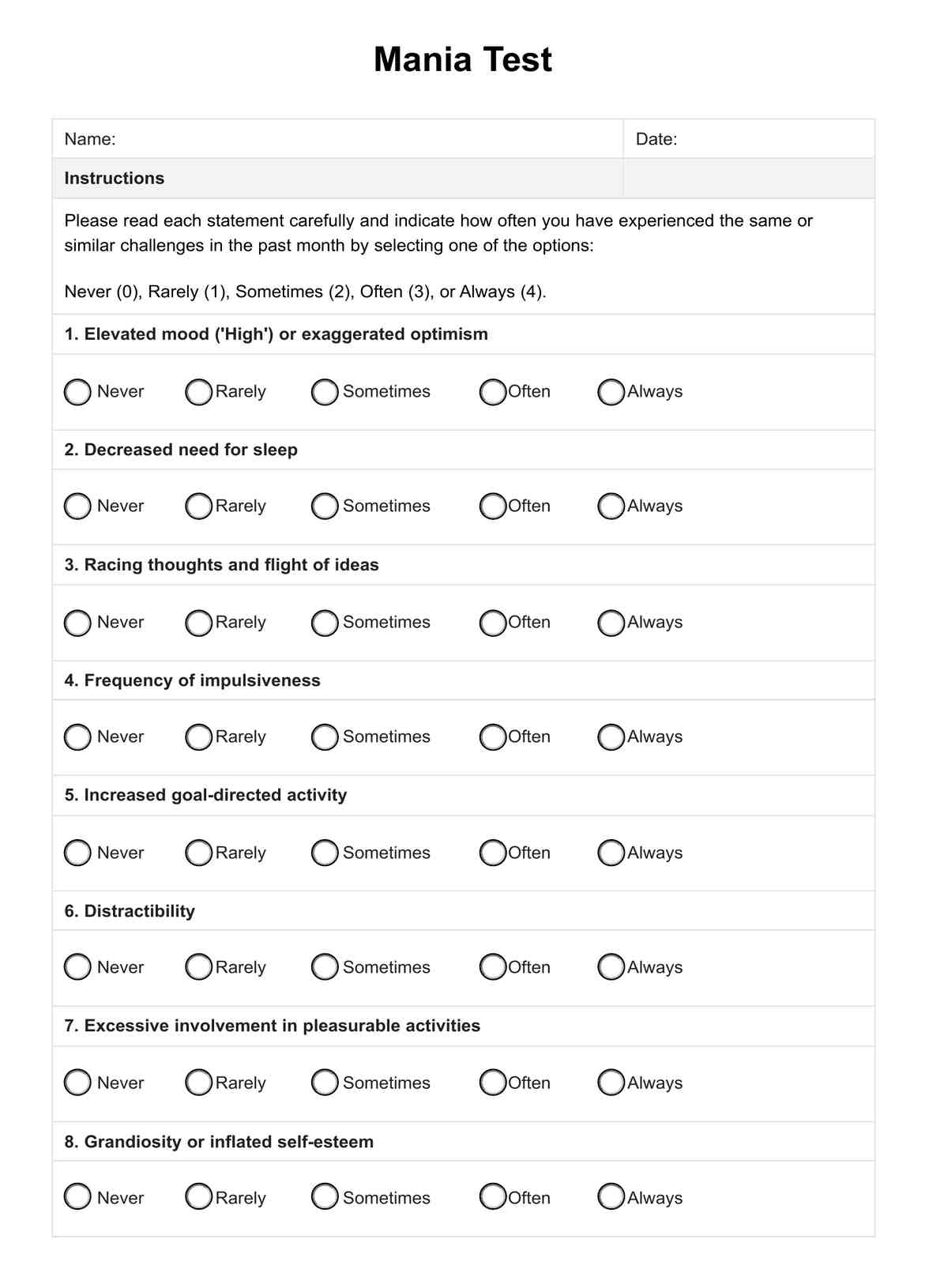
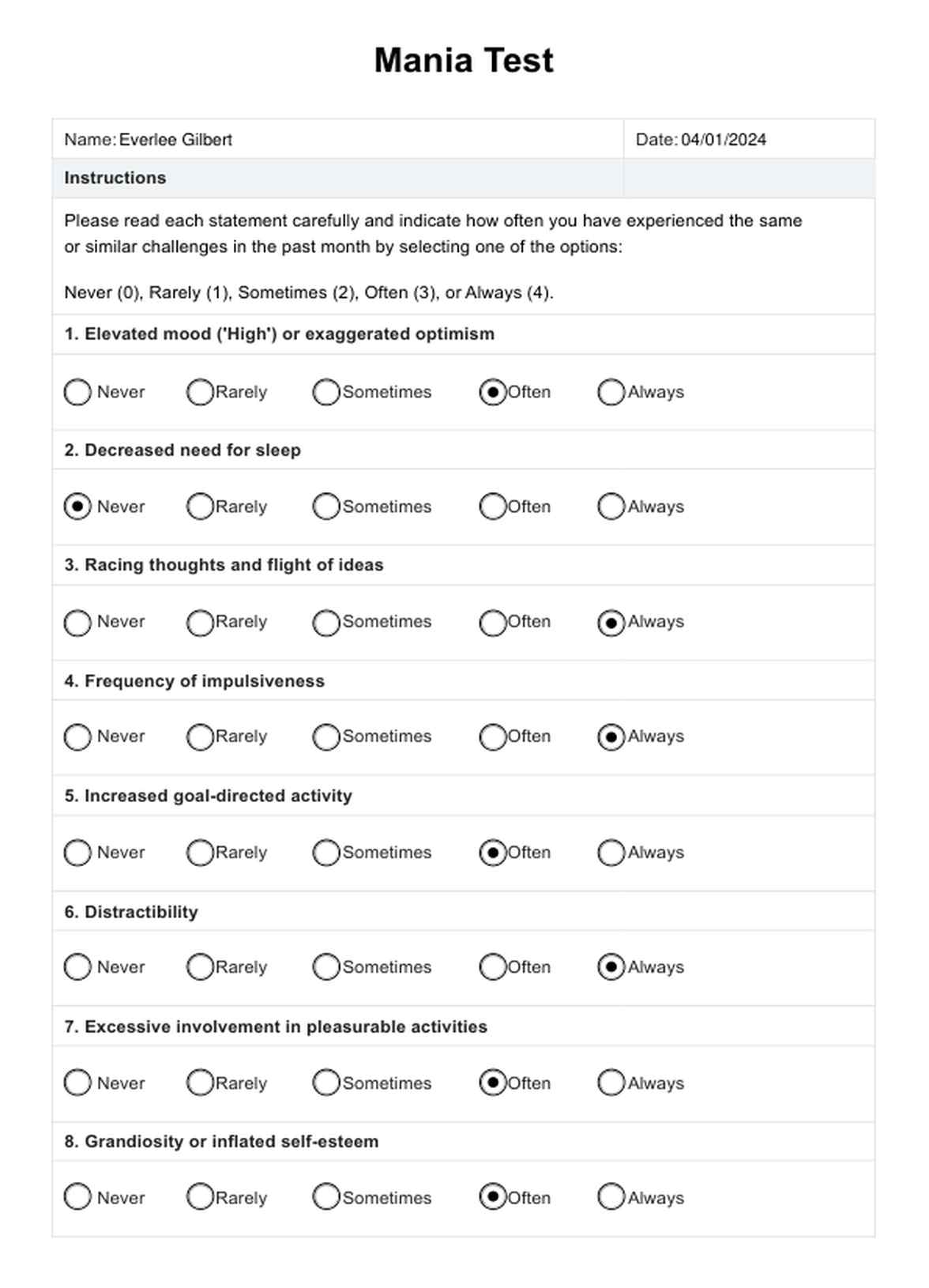

















-template.jpg)



















































































